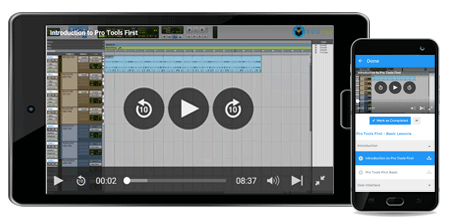Course Overview
Computer Network & Internet Security Training:
This course is for understanding the basics of Computer Network, Computer Software and Computer viruses. we are going to learn the nuts and bolts of this topic to understand each of the concept related to it. So lets see what are the general concepts included in this topic.
- Computer Network:
A computer network or data network is a telecommunications network which allows computers to exchange data.
In computer networks, networked computing devices pass data to each other along data connections (network links). Data is transferred in the form of packets.
The connections between nodes are established using either cable media or wireless media. The best-known computer network is the Internet.
Network computer devices that originate, route and terminate the data are called network nodes. Nodes can include hosts such as personal computers, phones, servers as well as networking hardware.
Two such devices are said to be networked together when one device is able to exchange information with the other device, whether or not they have a direct connection to each other.
- Computer Software:
Computer software (often called just software) is made of one or more computer programs. Sometimes it means one specific program, or it can mean all the software on a computer, including the applications and the operating system. Applications are programs that do a specific thing, such as a game or a word processor.
The operating system (Mac OS, Microsoft Windows, Linux, etc.) is software that helps the applications run, and controls the display and the keyboard.
The word software was first used in the late 1960s to show the difference from computer hardware, which are the parts of a machine that can be seen and touched. Software is the instructions that the computer follows.
Before compact discs (CDs) or Internet downloads, software came on “soft media” like paper punch cards, magnetic discs or magnetic tape.
- Computer Virus:
A computer virus is a malware program that, when executed, replicates by inserting copies of itself (possibly modified) into other computer programs, data files, or the boot sector of the hard drive; when this replication succeeds, the affected areas are then said to be “infected”.
Viruses often perform some type of harmful activity on infected hosts, such as stealing hard disk space or CPU time, accessing private information, corrupting data, displaying political or humorous messages on the user’s screen, spamming their contacts, or logging their keystrokes.
However, not all viruses carry a destructive payload or attempt to hide themselves—the defining characteristic of viruses is that they are self-replicating computer programs which install themselves without the user’s consent.
Virus writers use social engineering and exploit detailed knowledge of security vulnerabilities to gain access to their hosts’ computing resources.
The vast majority of viruses target systems running Microsoft Windows, employing a variety of mechanisms to infect new hosts,[8] and often using complex anti-detection/stealth strategies to evade antivirus software.
Motives for creating viruses can include seeking profit, desire to send a political message, personal amusement, to demonstrate that a vulnerability exists in software, for sabotage and denial of service, or simply because they wish to explore artificial life and evolutionary algorithms.
What are the requirements Computer Network & Internet Security?
- Basic Idea of a Computer system
- A Computer with internet
What am I going to get from Computer Network & Internet Security?
- Over 4+ hours of content!
- Learn about Computer Networks
- Learn about Computer Software
- Learn about Computer Viruses
Computer Network & Internet Security target audience?
- Students especially who want to build their career in Computer Technology
- Anybody and everybody who want to learn computer network, software, viruses


